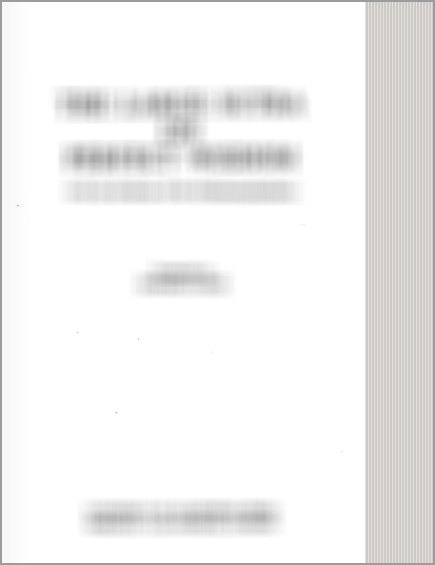Cosmetics, Costumes and Ornaments in Ancient India
by Remadevi. O. | 2009 | 54,177 words
This page relates ‘Materials (f): Pushparaga (Topaz)’ of the study on cosmetics, costumes and ornaments of ancient India based on Sanskrit sources. Chapter one deals with cosmetics and methods of enhancing beauty; Chapter two deals with costumes, garments and dresses; Chapter three deals with ornaments for humans and animals. Each chapter deals with their respective materials, types, preparation and trade, as prevalent in ancient Indian society.
1.2. Materials (f): Puṣparāga (Topaz)
Puṣparāga otherwise known as Puṣkarāga is a precious stone of yellow hue. According to Garuḍapurāṇa[1], a lady who wears this stone will be blessed with a son. This stone is mentioned by Bāṇa[2] and Daṇḍi[3]. Ornaments studded with Puṣparāga are suggested for characters like Divyavānarī in Nāṭyaśāstra[4].
Footnotes and references:
[1]:
V
[2]:
Harṣacarita, p.24
[3]:
Avantisundarīkathā, p.61
[4]:
XXI.56-76
